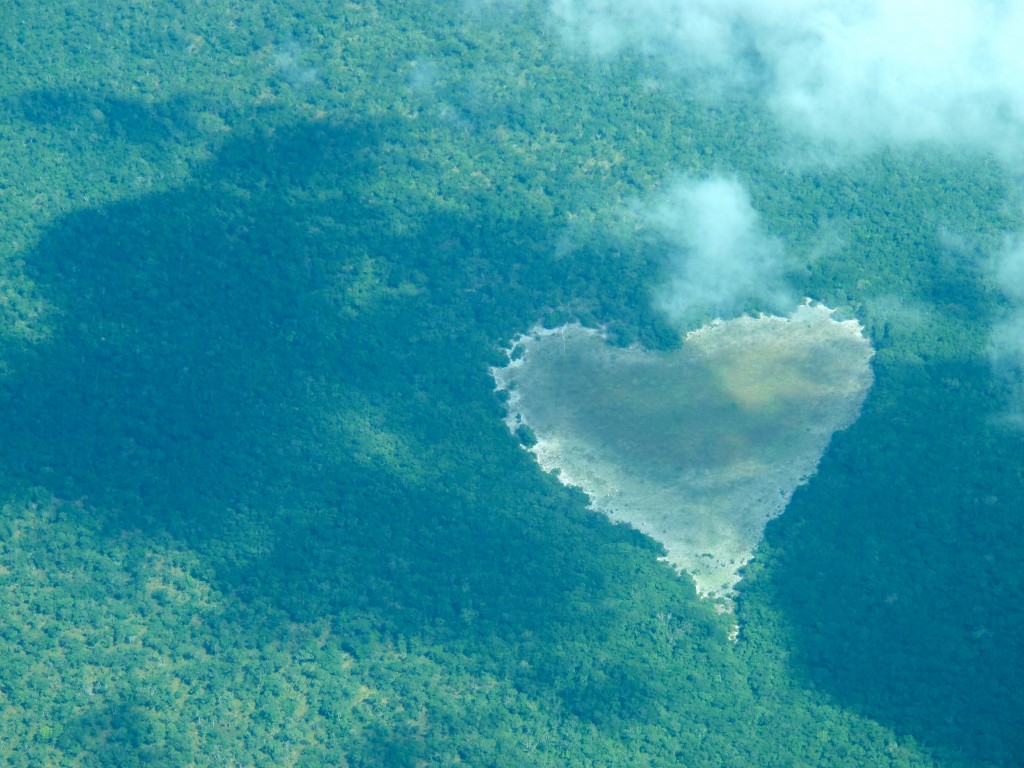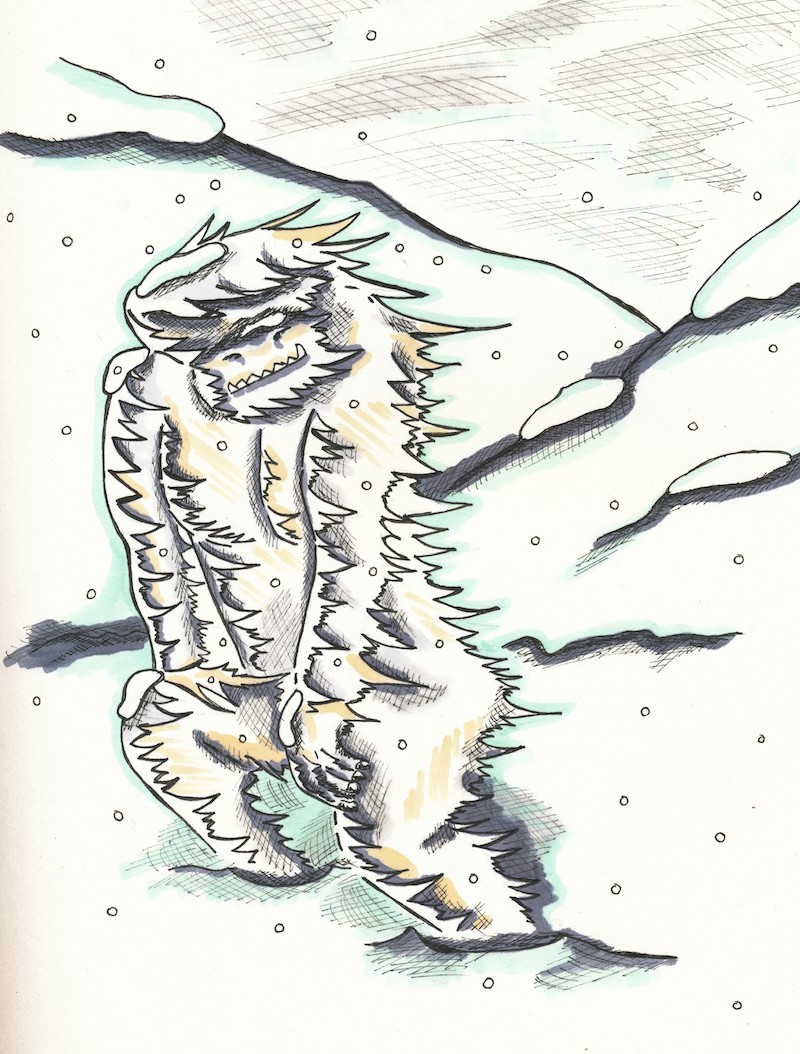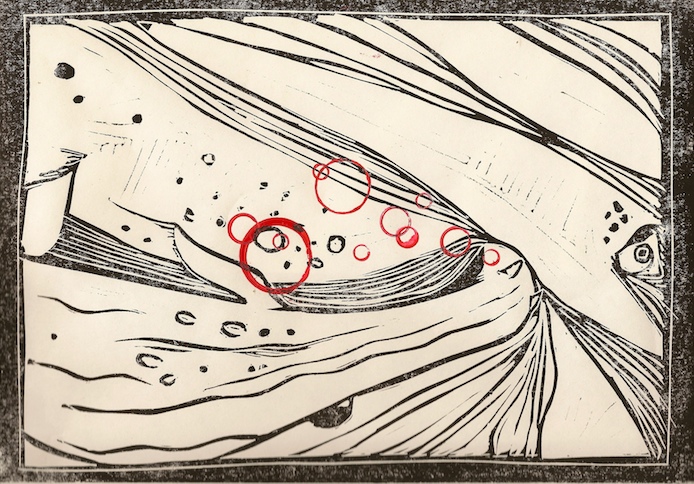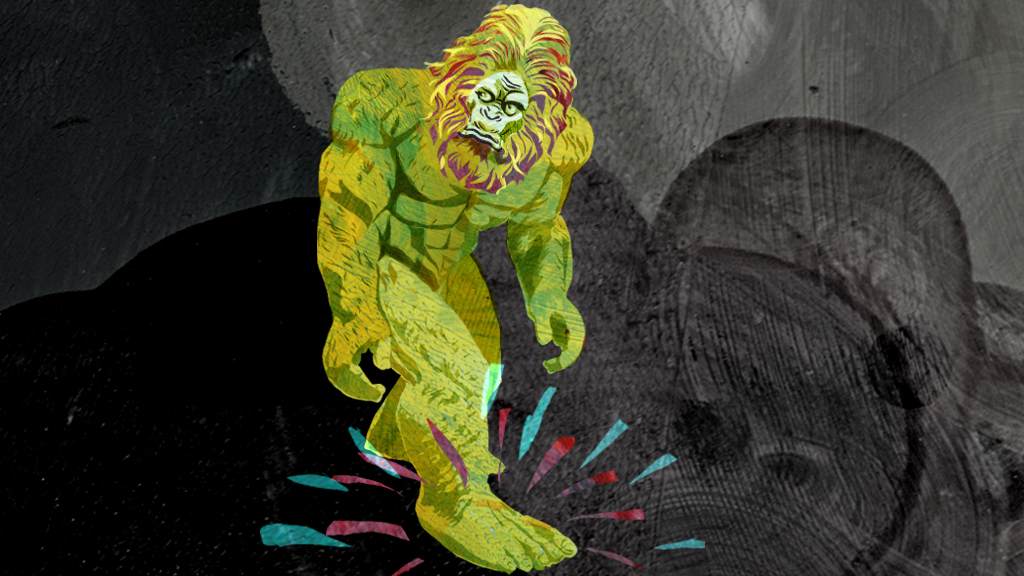The Yeti
Just as Sasquatch/Bigfoot, the Yeti is described as an ape-like species walking on two legs. He is said to be living in the Himalayan regions of Nepal and Tibet. And also, the Yeti’s roots can be traced to ancient narratives. But unlike what we understand the Yeti to be today, the natives of the Himalayas did not talk about an Abominable Snowman with white fur, but of an angry dark-haired gorilla- or bear-like creature that lived high in the mountains. (described in “Abominable Science” p.75).
A lot of movies have cemented the snowman-picture, for example the first ever Yeti movie “The Snow Creature” from 1954. The Yeti even has a guest appearance in the highly successful “Monsters, Inc (2001)” and is the namesake of the official airline of Nepal, Yeti Airlines. But when did the Yeti, this creepy creature that used to strike terror into the hearts of the Himalayan people, become cool? The story is much older than that of the Sasquatch or Nessie. According to H. Siiger the Yeti has always been a part of the region’s mythology, people have dozens of names for it. The name we use today is most likely a mispronunciation of the Sherpa name for the man from the mountains: Yeh-teh = animal of rocky places. When the first expeditions entered the rocky region, the expedition participants took the story back home.
In 1832 the first descriptions were published in travellers’ journals, talking about tall, bipedal creatures covered with long dark hair. Later footprints were reported. Similar reports have repeatedly been published until today. In 1925, N. A. Tombazi, a member of the Royal Geographical Society, reported a sighting at about 4,600 m. And during an expedition of the British Newspaper Daily Mail in 1954 mountaineering leader John Angelo Jackson (pdf) photographed footprints many of which many were unidentifiable (and therefore of Yeti origin?). The mystery of the snowman grew. And went fully ‘viral” (to use a modern term) when an expedition found what they believed to be a Yeti scalp.
Nessie – a dinosaur that arrived to late?
The Nessie mystery offers one of the best known pictures to prove the legend. Again, in the beginning there were stories told by elders. Not only about Loch Ness, a 37 kilometer long and 230 meter deep lake, the alleged abode of the creature. But the lake also happens to be in Scotland, a country with a rich folklore tradition. As “Abominable Science” (p.123) explains, even “water-based super-natural creatures had already lived for centuries” in Scotland. Just to name a few: The Stronsay Beast or the sea serpent of the Isle of Lewis, or the boobrie, the buarach-bhaoi (pdf) or the “Big Beast of Lochawe”, described as an “animal with 12 legs. Some say it was like a horse, others, like a large eel.”
But Loch Ness? Some think Nessie could be a plesiosaur, a species living in the Pleistocene epoch (2.5 million – 11,700 years ago). Scotland as a whole was covered by a solid ice sheet half a mile think, during the ice age some 18,000 years ago. That makes Nessie either very unlikely to be real, or a very late example of it’s kind. But the famous picture seems to be quite real, doesn’t it? The story of the Loch Ness monster and the associated picture started in the 1930s. “Abominable Science” (p.127) quotes a story of three anglers who were said to be the first eye witnesses of some strange creature in the Loch. Unfortunately they didn’t see anything in particular, but merely mentioned the presence of something strange. A newspaper published the story.
Three years later, another reporter, Alex Campbell, remembered the story when he came across another possible sighting of the Loch Ness monster. The sensationalist story he wrote brought the creature back to public debate. And it was King Kong (1934), the blockbuster movie that year, that finally ignited the run for Nessi. In the film, the giant ape has to take on a prehistoric Nessie-like creature providing the audience with an idea of the monster lurking in the lake. Loch Ness has since captured the imagination of generations and become a star attraction in the cryptozoology universe.
Local biodiversity changes, but is not lost, study shows
With climate change and deforestation we typically focus on how biodiversity gets hit or disappears as a result. But a new study finds that biodiversity is not necessarily lost, but changes instead.

Forest in Northern Mozambique (Photo credit: CC BY 2.0: Maria Dornelas)
Maria Dornelas and her team from St Andrews University in Scotland investigated six million species living on land and in marine environments over the past 150 years. They found no distinctive pattern of species loss associated with any local community or ecosystem throughout this time. Instead they observed that species composition changed over time. The findings imply that a species is not necessarily under threat of extinction, just because it can’t be found in its “traditional” habitat any more. It may have simply been forced to migrate to another place – and not to its detriment. And this turnover of species in any given locale or community must have occurred faster than previously thought.
The researchers insist their findings do not dispute the fact that many species and habitats around the world are under threat. But they suggest that strategies to protect species should be revised to reflect the phenomenon of species turnover, which has so far been underestimated.
Bigfoot, hairy creature of the forests
When we start talking about Bigfoot, we are also talking about Sasquatch. Both describe the same tall, hairy human-like species that many people believe lives hidden in the forests. And there are a lot more names out there for similar creatures. According to “Abominable Science”, written by an paleontologist/geologist and an outspoken skeptic, the origin of all great American mysteries of apes lies in ancient storytelling. It all began with Native Americans who told stories about mysterious hairy people in the woods or on mountains.
The Sasquatch was just the most popular one. He is the Canadian version of Bigfoot and became popular because of J. W. Burns, a collector of local legends for a Canadian newspaper. It all happened during the 1920s and a long lasting legend was born: The real Sasquatch did not look like how it is pictured today. Performing a google picture search produces a lot of very hairy results. But native Americans talked about being in contact with hairy giants. According to Abominable Science (p.34), those giants were described as “basically giant indians” who lived in villages, knew fire, clothes and weapons, but avoided civilization. They were called hairy giants because they had long (head) hair.
The name Sasquatch persisted for quite a while. Almost 40 years later it gave way to Bigfoot – because of a publicity stunt. The town of Harrison Hot Springs funded a hunt for Sasquatch with $600, to celebrate the centennial of British Columbia. The legend of Sasquatch spilled over into the US and the name Bigfoot became increasingly popular the more Bigfoot-prints were found. But why Bigfoot? Well, in 1958 The Humboldt Times columnist Andrew Genzoli used the term in one of his articles to describe the discovery of a very large footprint. And since then people have almost exclusively used the name Bigfoot, a lot of more footprints have been found and shaky movies have been shot. A legend was born.











Feedback